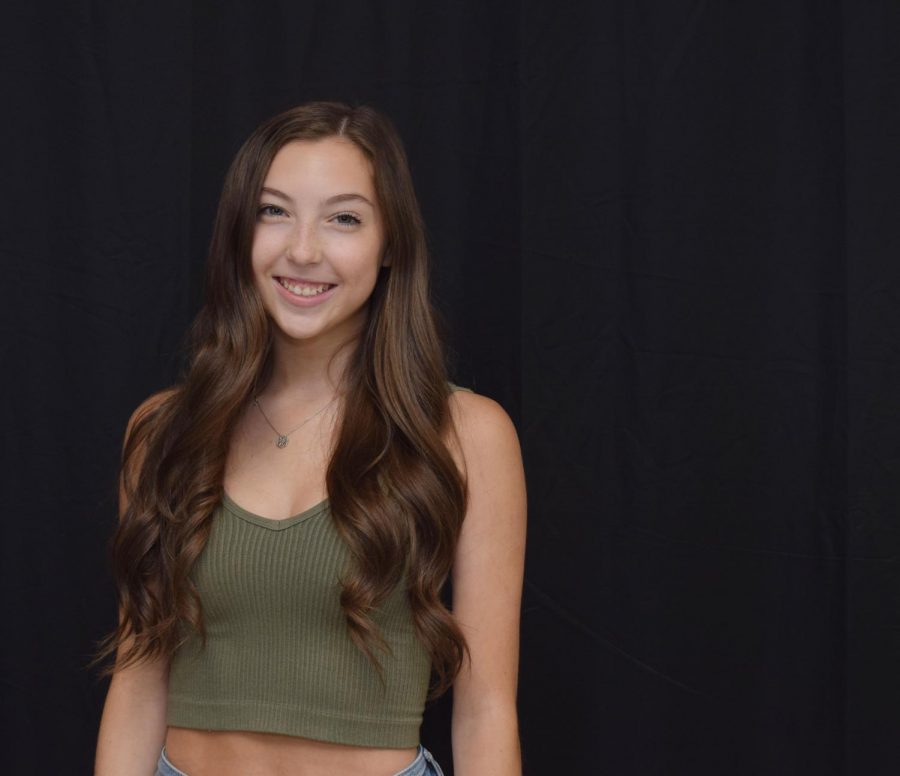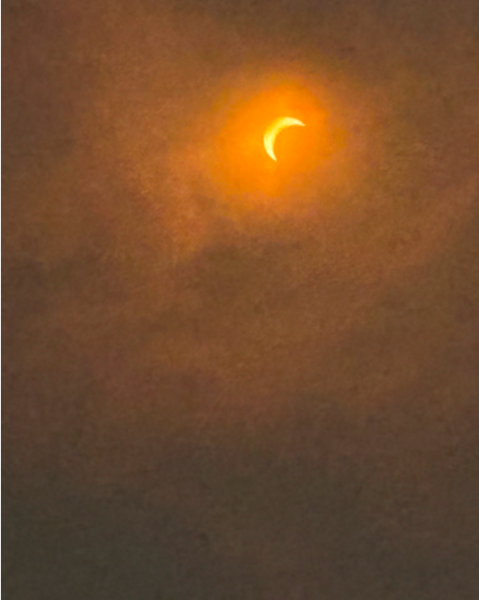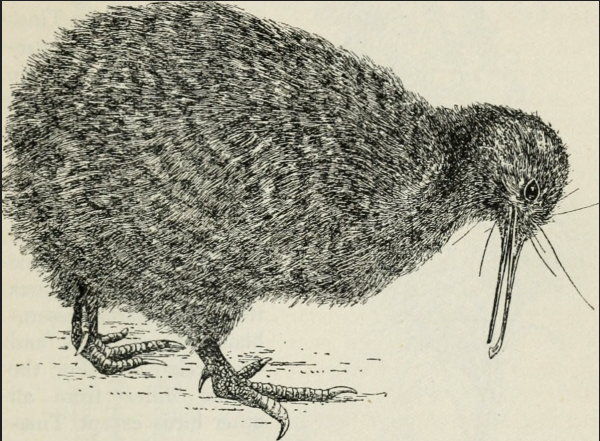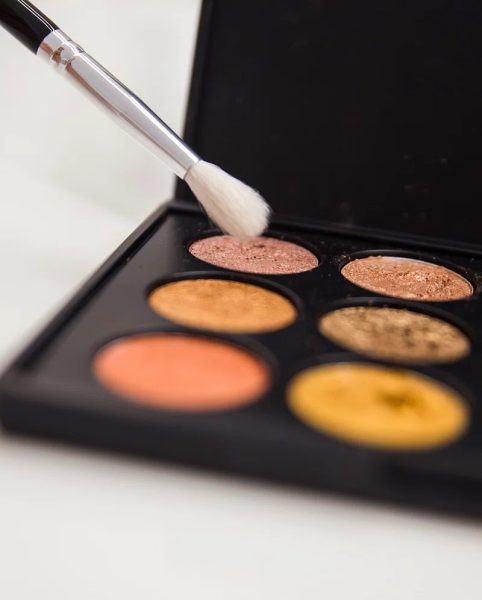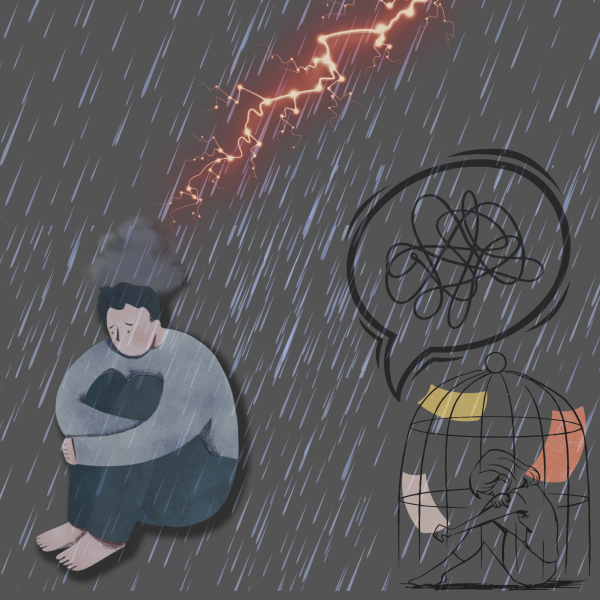Finding good in the madness of the coronavirus: how the pandemic is bringing people together by keeping them apart
Many comedic journalists have the same education as regular journalists. Like regular journalists, many comedic journalists studied communications in college. In his time at the University of Nebraska, Johnny Carson studied radio/speech. David Letterman graduated from Ball State University with a degree in telecommunications. Seth Meyers graduated from Northwestern’s School of Communication.
Finding a glimmer of goodness in the madness and the chaos of the coronavirus pandemic is the best way to keep your head on straight and to stay sane. I’ve found that in the isolation of quarantine, in loneliness, there exists a sense of togetherness.
On the last day of “normalcy,” before the coronavirus really took over New Jersey, I went out to lunch with my father, him craving a cold beer, both of us craving burgers and fries. We satisfied our cravings by dining at Iron Hill Brewery, which is usually a lively establishment: always booming and filled with people. However, the restaurant was essentially a ghost town: only four tables at the entire restaurant were lively with patrons, the rest of the tables just collected dust.
My father and I occupied one table. Two tables down, an elderly couple. Another few tables over, two twenty-somethings, who seemed to be coming from work, on their lunch break. And lastly, a table with a group of middle aged women, out for an afternoon drink.
The TVs in the restaurant displayed news stations and the newscasters only spoke of coronavirus. One TV broadcasted news concerning the suspension of the NBA season. Another TV broadcasted the controversy surrounding a Utah Jazz player: Rudy Gobert, who was careless in the locker room, touching his teammates belongings and belittling coronavirus, was announced infected, causing an uproar. A third TV covered general information about the virus: it’s spreading, the numbers, how to stay safe.
All anyone could think about was the coronavirus: it was everywhere.
My dad and I had finished our burgers, he had downed his second beer, and we were just about ready to pay the check, when the elderly couple from a few tables over walked past us. The couple watched the TV’s as they went to leave the restaurant, and the woman muttered under her breath, “This is all so crazy.”
My dad has always been the conversational type, so naturally, he struck up a conversation with the woman. He agreed with her, and the two strangers began talking about this terrible virus and how it’s affecting the world.
Soon enough, the woman’s husband had chimed in; he explained that he and his family are huge Flyers fans, season ticket holders, and he was worried about how this would affect the hockey season. The woman then told us that her children are in college and had all returned home to attend their classes remotely.
The woman, who revealed she works for Columbia University, explained the importance of quarantining. She said it’s important for the community to take precautions, not for the sake of the healthy, but for the sake of those who are at risk: the immunocompromised, the infants, the elderly.
A few tables over, the group of middle aged women, joined the conversation. And then, the twenty-somethings. I realized then, this pandemic, as terrible as it is, has brought all of these unlikely strangers together.
I write this sitting in isolation, self-quarantined, with only my bedroom window connecting me to the outside world: listening to the same Spotify playlist on repeat while I go about my school day from home. Facetiming my friends whom I’d usually sit and eat lunch with. Seeing my parents and my sister during times of the day I wouldn’t otherwise see them. Seeing no cars driving by, or no one walking their dogs outside.
It’s a weird modification to my everyday routine: a change that’s almost eerie and incredibly lonely. However, in the loneliness I feel a sense of togetherness.
I’ve recognized that this pandemic has brought the world to the realization that they are not alone. Even if one person is not immunocompromised and has a low chance of contracting the virus, they recognize that for the sake of others, who aren’t as protected from the virus, it’s important for them to stay home and take precautions.
All of the precautions being taken, remote-schooling, the cancellation of events, the closing of facilities, is the community coming together to protect those that need to be protected: the immunocompromised, the elderly, the infants. If anyone in these groups were to contract the virus, there’s a high risk for fatalities. Taking these precautions, as a community, ensures the safety of those whose lives are at risk.
In the midst of the chaos concerning coronavirus, it’s settling to see people caring about others in their community, and not just thinking of themselves. It’s astounding to see the community come together, in such a worrisome time, for the sake of those who need the isolation and the quarantine. It’s remarkable to see people alter their normal, everyday routines, to keep complete strangers safe and healthy.
It’s a beautiful thing, really: how something so dire and disastrous, like a pandemic, can promote so much goodness, selflessness and awareness for others in one’s community. It’s beautiful how this alarming, terrible situation has brought an entire community together, ironically, by keeping them apart.

